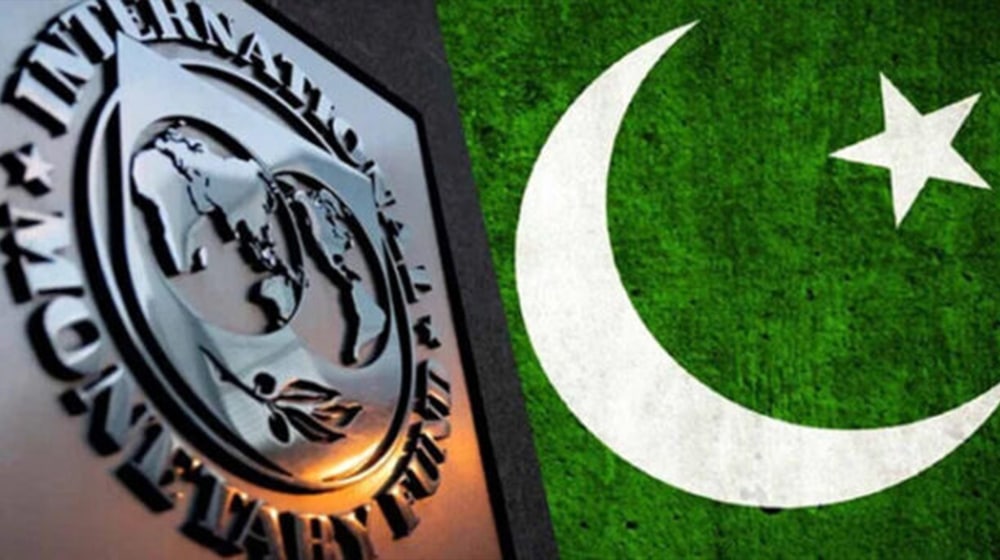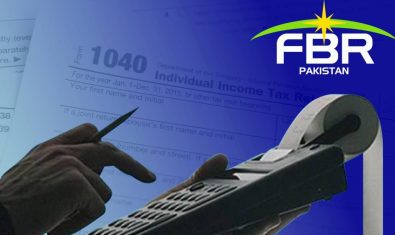The International Monetary Fund (IMF) wants Pakistan to rationalize tax rates for individuals by removing the salaried/non-salaried distinction and reducing the number of rate slabs to no more than four.
The IMF has urged Pakistan to unify taxation by reducing the highest taxable income limit for salaried workers, setting a 35 percent income tax rate for those earning Rs. 333,000 per month.
The lender in its recent tax policy recommendations to Pakistan said it wants the federal government to lower the income threshold for the higher-rate slabs and eliminate preferential treatments to employees in specific sectors, tax credit for investment in shares, deductions for mortgage payments, and tax reduction to full-time teachers/researchers.
The annual non-taxable threshold is Rs. 60,000 (~US$ 2,150) which is the same as for salaried taxpayer. The bracket structures are, however, different for salaried and business taxpayers. Salaried individuals have five tax brackets with rates of 2.5, 12.5, 22.5, 27.5, and 35 percent, and the highest tax bracket starts at an annual income of Rs. 6 million.
Non-salaried individuals face higher effective tax rates, with six brackets at rates 7.5, 15, 20, 25, 30, and 35 percent, and the highest bracket for annual income starting from of Rs. 4 million.
The collection of Income Tax by FBR shows great variation by geography and type of taxpayer. Tax collection is dominated by the Punjab and Sindh Provinces.
While Associations of Persons (AOP) in Sindh account for 33 percent of income tax revenues across Pakistan they represent less than 2 percent of tax filers. Across Pakistan, AOPs on average contribute Rs. 43,000 in income tax, while individuals (Salaried Individuals or SIs and Non-Salaried Individuals or NSIs) contribute Rs. 1,200, and incorporated firms (COYs) only Rs. 200 on average.
Natural persons are taxed at progressive rates on two different scales depending on whether they are salaried individuals (i.e., more than 75 percent of taxable income is derived from employment) or non-salaried individuals (including sole proprietors and Associations of Persons, or AOPs).
Until recently, both scales had seven or eight income slabs each, instead of four slabs as recommended in the past. In 2023, the number of slabs for salaried individuals was reduced to five while tax rates for salaried individuals and AOPs wages were increased, although not to the extent requested by the IMF.
Non-salaried individuals are taxed at a higher rate at each income slab, reaching the highest marginal tax rate of 35 percent at Rs. 4 million in annual taxable income, while salaried individuals are subject to the same highest marginal tax rate of 35 percent at Rs. 6 million instead.
According to the IMF, the present personal income tax rate structure presents several problems. First, while the marginal income tax rate structure is largely progressive, it is only applied to certain types of income, leading to inequities between taxpayers who earn different types of income.
Second, the more preferential tax rates applicable to salaried individuals (as compared to non-salaried individuals) means that individuals could be incentivized to characterize their income as employment rather than business, which may present administrative challenges as it is often not easy to determine if a case falls within an employer-employee or a customer-consultant relationship.
This problem extends to any differences in the final tax burdens imposed on different types of income under the present schedular system, as taxpayers can be expected to engage in tax planning and restructuring to ensure that their income fits within the most tax-advantageous category. Such activities impose economic deadweight losses as resources are diverted into unproductive planning activities and may cause serious economic inefficiency as taxpayers opt for income-earning activities that may be less efficient, but more lightly taxed.
The IMF is of the view that there are several tax regimes available to individuals and various types of legal entities in Pakistan. Business taxpayers can either opt for the regular income tax regime or the simplified tax regime. Source of income, size of income, legal type, and sectors are key eligibility criteria for individuals to use these regimes.






















yeh bhi kar lo.
Fuck the IMF…